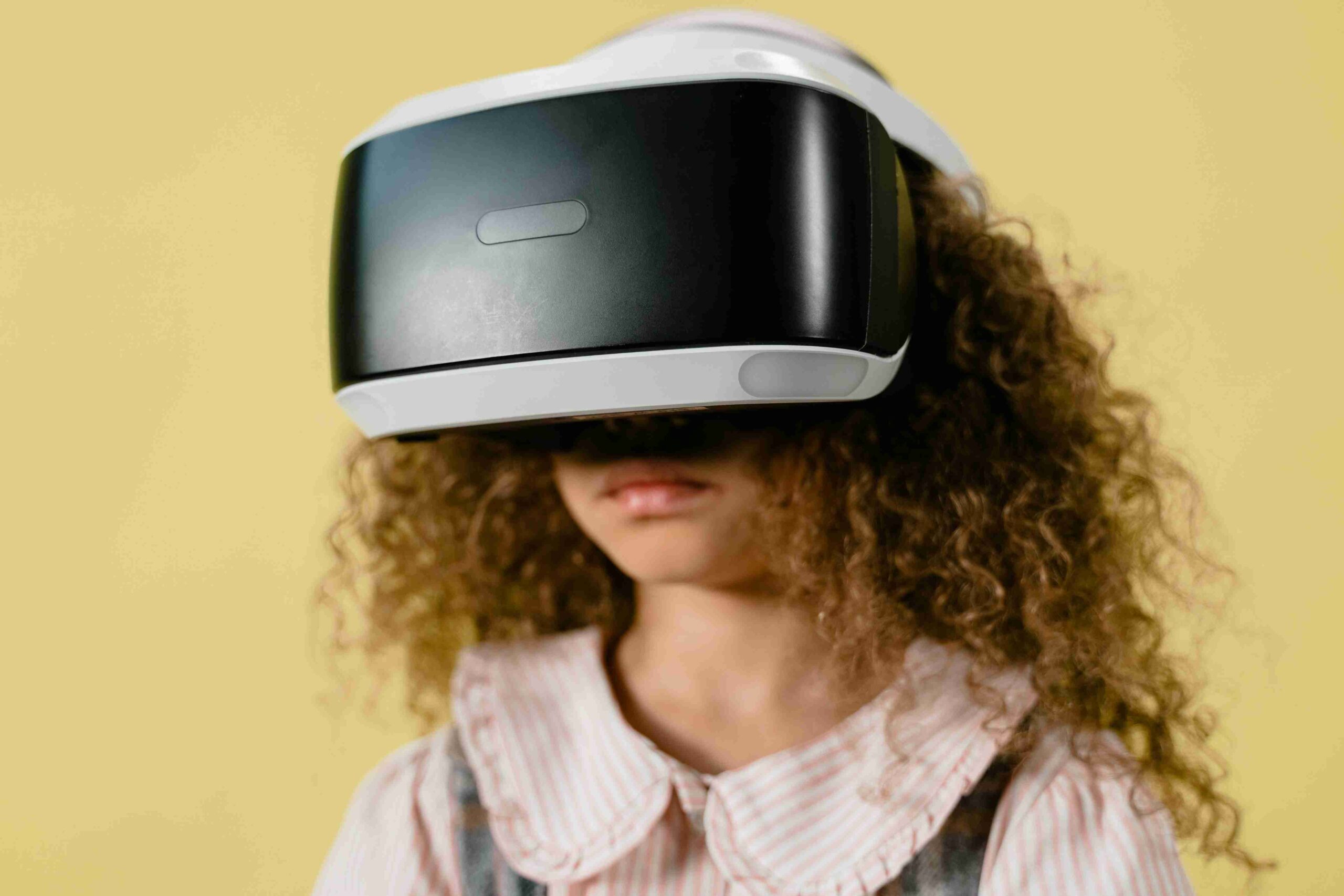Traditional lectures and passive learning are no longer the only ways to acquire knowledge in the field of computer science because of the field’s ongoing evolution. The digital learner now has access to environments shaped by simulation, group projects, and algorithmic insight. The students engage in interactions with systems that transform in real time and provide instantaneous feedback that is contextual, rather than relying on fixed assessment. Computer science education is stepping up to meet the demand from businesses seeking more adaptable and multidisciplinary minds. Such work involves incorporating real-world processes into academic models and transforming theoretical knowledge into practical intellectual capacity. Within the framework of this new paradigm, the curriculum is not merely taught but rather lived.
Generative AI Labs for Hands-On Coding and Innovation
Generative artificial intelligence labs have developed into powerful engines of transformation within computer science programs, giving students practical access to models that enhance both creativity and technical problem-solving. Gen AI labs allow students to interact with cutting-edge artificial intelligence tools, producing code, simulating environments, and refining logic with minimal lag between idea and execution. This type of iterative learning advances more complete knowledge of abstract ideas and greatly reduces the development process friction. Direct interaction with artificial intelligence outputs transforms code consumers into code architects, generating real-time solutions in environments reflecting fast-paced development cycles.
Quantum Thinking – Shaping the Next Era of Computing
Including quantum computing in fundamental courses marks a dramatic change in the way students see algorithmic thinking. Originally reserved for niche electives, quantum ideas such as superposition and entanglement are being taught alongside classical logic to challenge students to consider probabilities and parallelism from the beginning. This twin exposure expands the toolkit of the students and prepares them to operate in developing fields, including sophisticated optimization, quantum-enhanced artificial intelligence, and quantum cybersecurity. Students control quantum circuits and develop an intuition for systems that challenge linear execution by means of simulators and cloud-based platforms, preparing for careers at the forefront of computation.
Virtual and Augmented Reality Immersion Learning
Immersion technology is redefining concept visualization in computer science classrooms and turning abstract processes into spatial experiences by means of augmented and virtual reality. Do not decode recursion or memory allocation from diagrams; students negotiate these processes in interactive 3D environments. This embodied form of learning deepens knowledge and retention by letting students see and control the flow of data or the behavior of algorithms in simulated environments. Sophisticated systems, including distributed networks, compilers, and operating systems, thus become not only understandable but also intuitive, thus accelerating technical subject mastery and motivation.
Predictive Analytics Enabling Personalized Learning Pathways
Adaptive learning engines driven by predictive analytics are enabling specialized learning paths customized to the pace, aptitudes, and challenges of every individual student. These systems can dynamically alter the course of instruction by examining response accuracy, time trends, and code entries. They thus offer specific comments and well-chosen resources. This method, which is based on data, guarantees that students engage with materials suitable for their present level of competency and are simultaneously challenged to increase their capacities progressively. Thanks to these platforms, independent learners will be able to grow free from conventional intervention by confidently overcoming complexity and cutting the time it takes to become proficient and stay in line with industry expectations.
Practical Security Education Cyber Range Model
From fixed theory to real-time interaction via cyber range simulations, cybersecurity education has evolved to let students experience live-attack scenarios in sandboxed environments. These simulations replicate modern threat environments, assigning tasks to students to defend infrastructure, find system breaches, and, under pressure, apply mitigating techniques. Along with technical skills, this approach develops situational awareness and decision-making qualities essential in a field where timing and accuracy rule. Including these simulations ensures that students graduate with the resilience and practical knowledge to safely access real systems from day one, since cybersecurity is now a basic need for all digital roles.
Conclusion
When everything is considered, the future of computer science education will be defined by multidimensional learning, which is learning that thinks, reacts, and develops alongside the student. The tools that will shape future programmers are as dynamic as the challenges they will face. These tools include generative artificial intelligence, quantum exploration, and immersive simulations, which are all examples.





